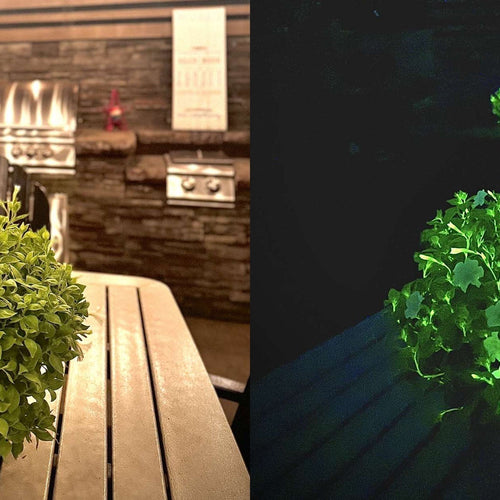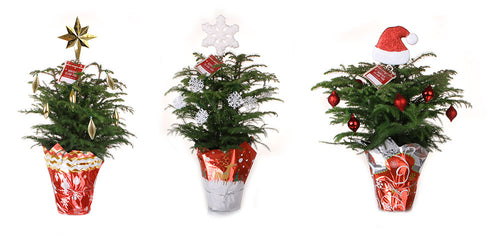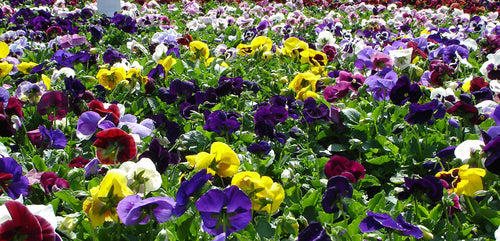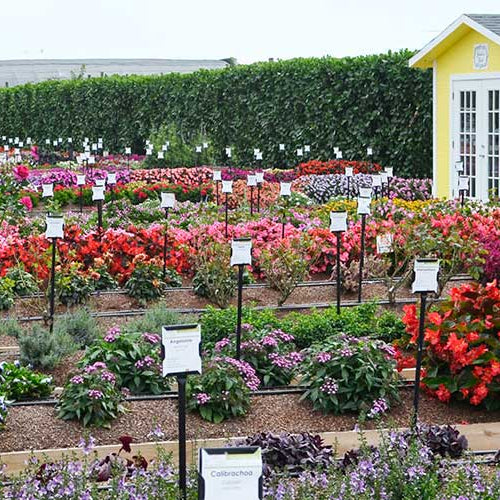Mandevillas are some of popular plants here at Costa Farms. It's easy to see why: These tropicals are easy to care for, flower practically nonstop, and have lush colors. And this time of year we start to get a lot of questions about what to do with mandevilla come winter. Here are some tips.
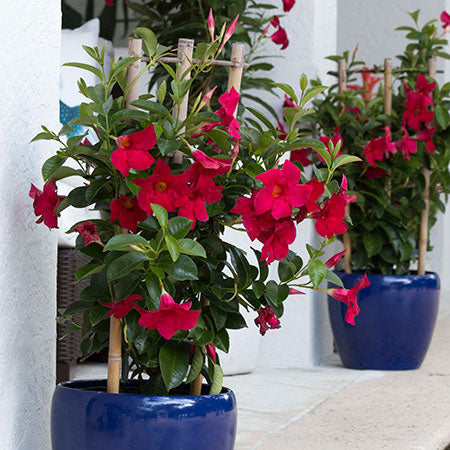
Get more tips for saving tropical plants before winter.
Water your mandevilla indoors over winter when the top inch or two of the potting mix dries to the touch. You'll probably find your plant needs a lot less water indoors over winter than it did outdoors in summer because in lower lighting, the plants grow more slowly and, as a result, take up less water. You also don't have the hot sun beating down on the soil or potting mix, so there's less moisture lost to evaporation. Back when I lived in Iowa and moved my mandevilla indoors each winter, I ended up watering it about once every 8 or 10 days. The exact frequency you'll want to water depends on a variety of factors, though, including temperature, humidity, plant size, pot size, type of potting mix, etc.
It's best to protect your mandevilla from hot or cold drafts during the winter months. This includes heating vents. Blasts of hot (or cold) air can cause yellow or brown foliage that makes your plant unsightly.
Bonus: Get our hibiscus winter care tips.

Can I Keep My Mandevilla Outside Over Winter?
Not if you live in an area that sees or freezing temperatures over winter. Tropical plants, both mounding and vining mandevilla varieties thrive in temperatures above 50F (10C). If you're in an area that sees only a couple of dips into the 30s or 40s (between 0 and 4C), you can enjoy them outside most of the year, but be prepared to cover them or move them in your house, a garage, or shed when the temperature drops like that. If you're in an area where the temperature stays below 50F (10C) for extended periods, your best bet is to consider mandevilla as an annual -- or bring it indoors for the winter.
How Do I Bring My Mandevilla Indoors Over Winter?
If you wish to bring it in to grow as a houseplant in winter, start by cutting the plant back a bit. This will decrease the leaf loss you see inside and help prime some new growth that's better adapted to indoor conditions. Many people give their plant a preventative treatment to help keep pests from coming inside. Popular sprays that are okay to use on a plant you're bringing indoors include insecticidal soap and neem oil.Get more tips for saving tropical plants before winter.
How Do I Care for My Mandevilla Over Winter?
Because mandevilla likes full sun outdoors in the summer, it's going to do best in a high-light spot inside. If you have a large sunny window or patio door, placing your mandevilla nearby can be a good spot. Or, keep your mandevilla happy by growing it under a shop light or plant light. (By the way: You don't need a fancy or expensive plant light; a regular old shop light works just fine!) The more light you can give your plant, the better it will do.Water your mandevilla indoors over winter when the top inch or two of the potting mix dries to the touch. You'll probably find your plant needs a lot less water indoors over winter than it did outdoors in summer because in lower lighting, the plants grow more slowly and, as a result, take up less water. You also don't have the hot sun beating down on the soil or potting mix, so there's less moisture lost to evaporation. Back when I lived in Iowa and moved my mandevilla indoors each winter, I ended up watering it about once every 8 or 10 days. The exact frequency you'll want to water depends on a variety of factors, though, including temperature, humidity, plant size, pot size, type of potting mix, etc.
It's best to protect your mandevilla from hot or cold drafts during the winter months. This includes heating vents. Blasts of hot (or cold) air can cause yellow or brown foliage that makes your plant unsightly.
Should I Fertilize My Mandevilla in Winter?
Indoors over winter, you don't need to fertilize your mandevilla. It's best to let it take a bit of a rest, so don't try to push lots of new growth with fertilizer. Wait until the days start to get longer in spring (March or so) before you bring out the nutrients.Will My Plant Bloom Indoors Over Winter?
It depends on the amount of light you have. But, because you mandevilla wants to take a bit of a rest during the winter months, don't expect to see many -- if any -- flowers until you bring it back outdoors in the spring.Do Mounding and Vining Mandevillas Require Different Winter Care?
Good news: They don't! the only difference you'll notice is that mandevillas don't need a support, but vining mandevillas will want a trellis or other structure to stay upright. (Or let them trail from a hanging basket in front of a window!)Bonus: Get our hibiscus winter care tips.
Written by Justin Hancock





